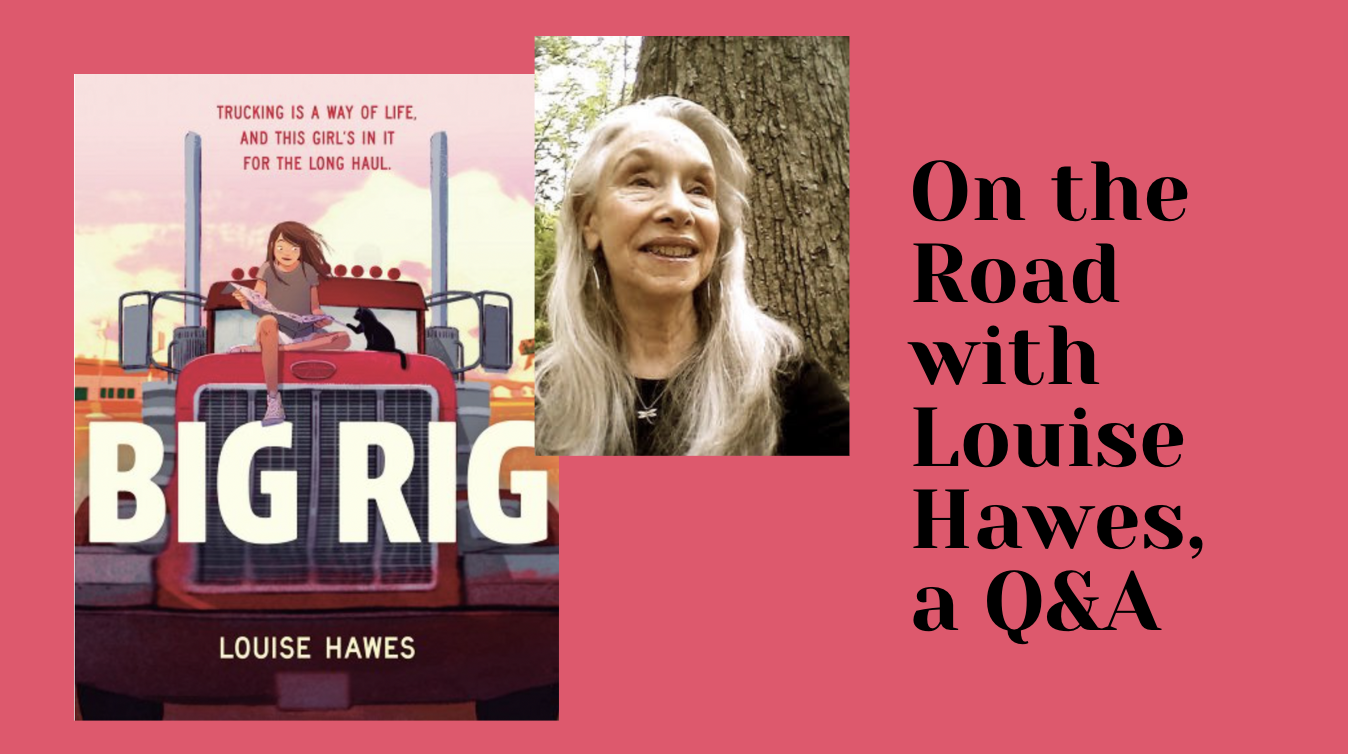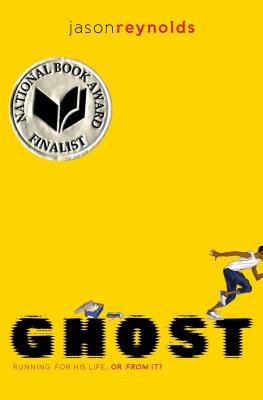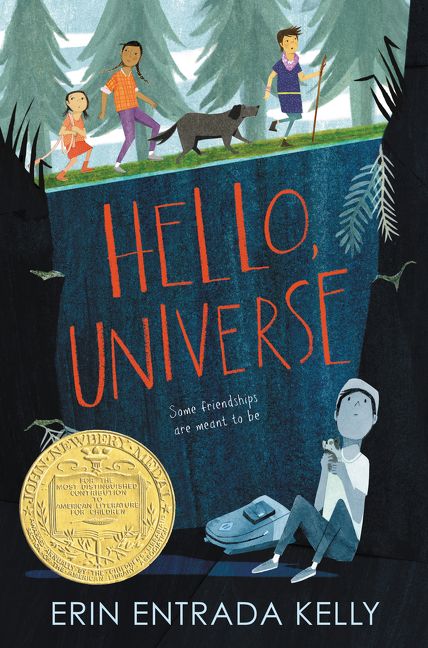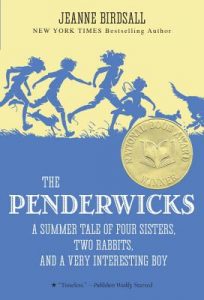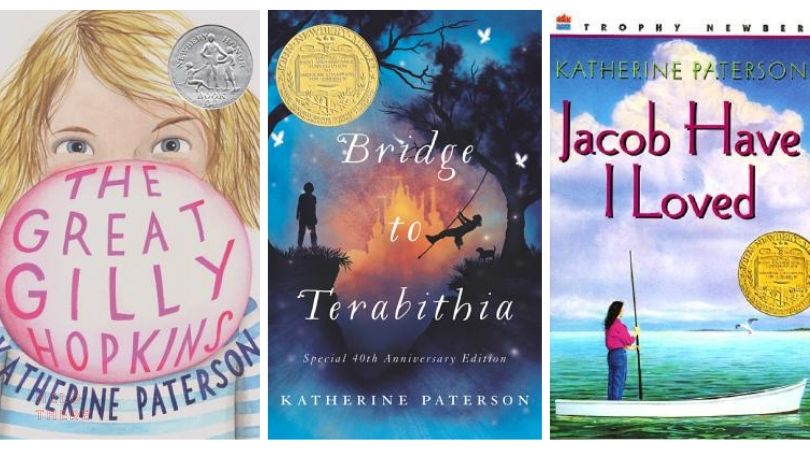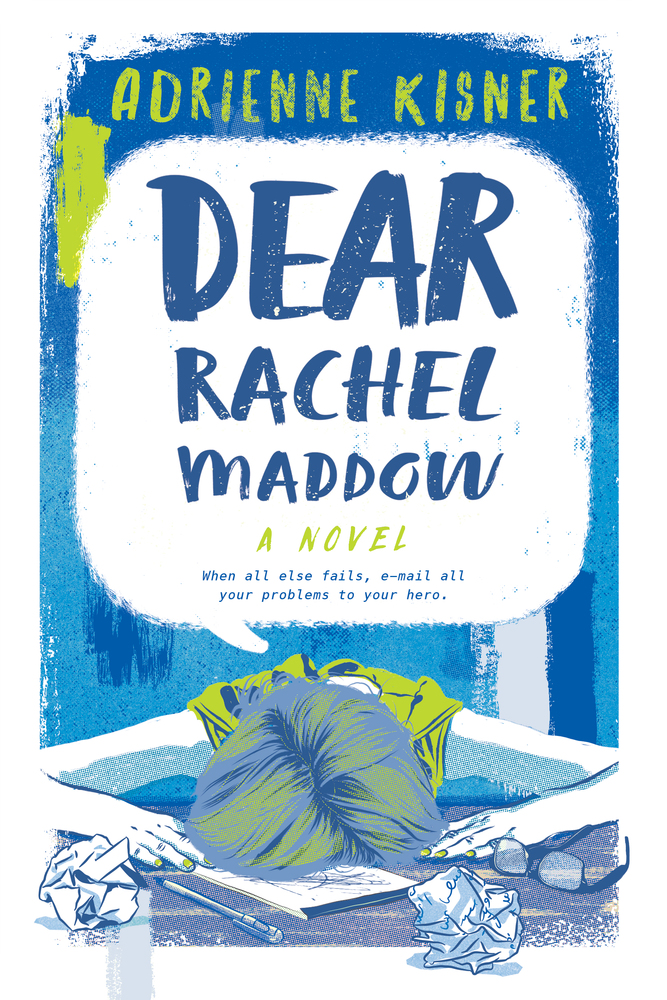hello!
JOIN US IN EXPLORING OTHERS' CRAFT AND BUILDING OUR OWN
Louise Hawes: I often spend months (sometimes years) filling a notebook with my character’s responses and thoughts before I begin writing an actual draft. That notebook is all in long-hand, as you know, and I don’t stop to edit or erase anything. My characters’ letters are in the first person, and result from a fluid, bodily connection from my heart to my hand to the page. In contrast, my draft will be typed on a laptop, the far less spontaneous product of me thinking and feeling my way into a story that features the character whose voice has already filled my notebook.
Leali pulls off the parental balancing act with aplomb and creates a mom who tries, messes up, seeks forgiveness, and tries again. It is a master class in how to create a complex parental character.
Soaking up the sun and reposting some favorite craft posts, starting with Jen Jobart’s analysis of Jason Reynold’s GHOST through the lens of Cheryl Klein’s THE MAGIC WORDS craft book.
Jen Jobart details how Jason Reynolds puts to use strategies for developing compelling characters that Cheryl Klein outlines in her craft book The Magic Words. More than that, she introduces us Ghost, one the great middle grade characters of the last five years.
In your story, consider how your character’s Lie and Fear impact the plot. And look to the Midpoint and All is Lost moments to ratchet up the stakes for your character. See how the climax resolves both the plot problem (what the character wants) and the Lie (what the character needs to change).
More important than their differences and easily distinguished voices, these sisters work together as a team. And arguably, it’s this aspect of the novel that makes it so appealing. We see their cohesiveness in the initial reminiscence of the opening, but we also see it through their interactions and their family codes and practices.
craft review by Anne-Marie Strohman In the last two posts in this series, on Bridge to Terabithia and on Jacob Have I Loved, we’ve seen how Katherine Paterson creates inevitable and surprising endings, in both a conventional ending (Bridge) and an unconventional one (Jacob). In both cases, the character’s emotional arc concludes, and the character’s […]
craft review by Anne-Marie Strohman In The Art of Fiction John Gardner repeats Aristotle’s claim that the climax of a story must be “inevitable and surprising” (172). He is cautioning writers against leaving the big moment to chance—a stray semi on the highway, or an incident of food poisoning. The same can be said of […]
craft review by Sarah S. Davis In Part 1, we saw how Kisner shapes Brynn’s political awakening through internal conflict. Read on to find out how Kisner creates stakes that push Brynn toward change. Even Losers Have Something to Lose So what could possibly change her mind and push Brynn towards risking not just a […]
craft review by Sarah S. Davis When readers meet Brynn Harper at the beginning of Adrienne Kisner’s Dear Rachel Maddow (2018), her life is in freefall. Dumped by Sarah, her high-achieving girlfriend, Brynn has also recently been kicked off the school paper because of poor academic progress. Meanwhile, at home, after losing her beloved older […]
